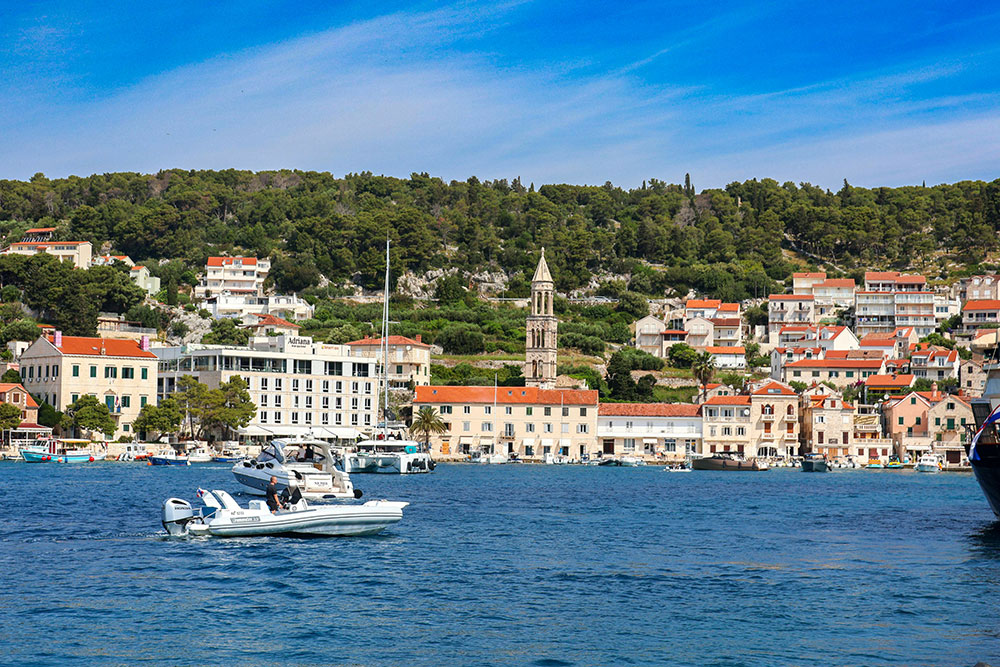Hvar, the sun-drenched jewel of the Adriatic, is not only a playground for the rich and famous but also an island with a captivating history that spans millennia. Its strategic location and fertile lands have attracted civilizations throughout the ages, leaving behind a rich tapestry of cultural and historical treasures.
Ancient Roots
Hvar’s story begins in the Neolithic era, with evidence of early settlements dating back to around 6,000 BC. The island’s strategic position in the Adriatic made it a desirable outpost for various civilizations. The Illyrians, ancient inhabitants of the region, established a presence on the island, followed by the Greeks, who founded the colony of Pharos in 384 BC. The Greeks left a lasting legacy, including the well-preserved Stari Grad Plain, a UNESCO World Heritage Site, where the ancient land division system is still visible today.
Roman Rule and Medieval Times
The Romans conquered the island in the 3rd century BC, and Hvar became an important part of their maritime network. The island prospered under Roman rule, and remnants of their presence can be found in various archaeological sites.
Following the fall of the Roman Empire, Hvar came under the control of different rulers, including the Byzantines, Croats, and Venetians. The Venetians, who ruled for centuries, left a significant mark on the island’s architecture and culture. The magnificent Hvar Fortress, overlooking the town, is a testament to their influence.
From Pirates to Tourism
In the 16th century, Hvar faced threats from pirates, leading to the construction of defensive structures like the Španjola Fortress. The island’s strategic importance continued into the 19th century, when it was briefly under Austrian rule.
The late 19th century marked the beginning of organized tourism on Hvar, as the island’s natural beauty and mild climate attracted visitors from across Europe. The Hygienic Society, founded in 1868, played a crucial role in promoting Hvar as a health resort, laying the foundation for the thriving tourism industry that exists today.
Hvar Today
Today, Hvar seamlessly blends its rich history with modern amenities, offering visitors a unique experience. Stroll through the charming streets of Hvar Town, admire the Renaissance architecture, and soak up the vibrant atmosphere. Explore the island’s ancient sites, such as the Stari Grad Plain and the Franciscan Monastery, which houses a collection of historical artifacts. And of course, don’t miss the opportunity to relax on Hvar’s stunning beaches and savor the island’s delicious cuisine.
Conclusion
Hvar’s history is a captivating tale of civilizations, conquests, and cultural evolution. From its ancient roots to its modern-day allure, the island offers a fascinating glimpse into the past. As you explore Hvar’s historical sites and soak up its vibrant atmosphere, you’ll discover an island that has witnessed the passage of time, leaving behind a legacy that continues to enchant visitors today.


0 Comment